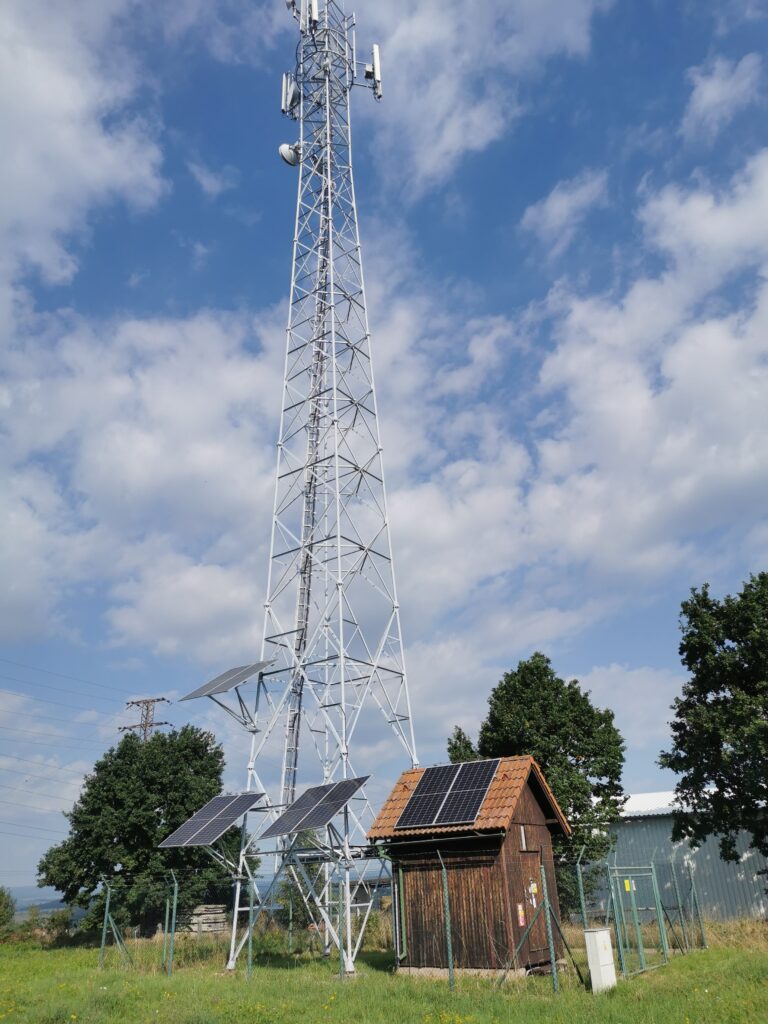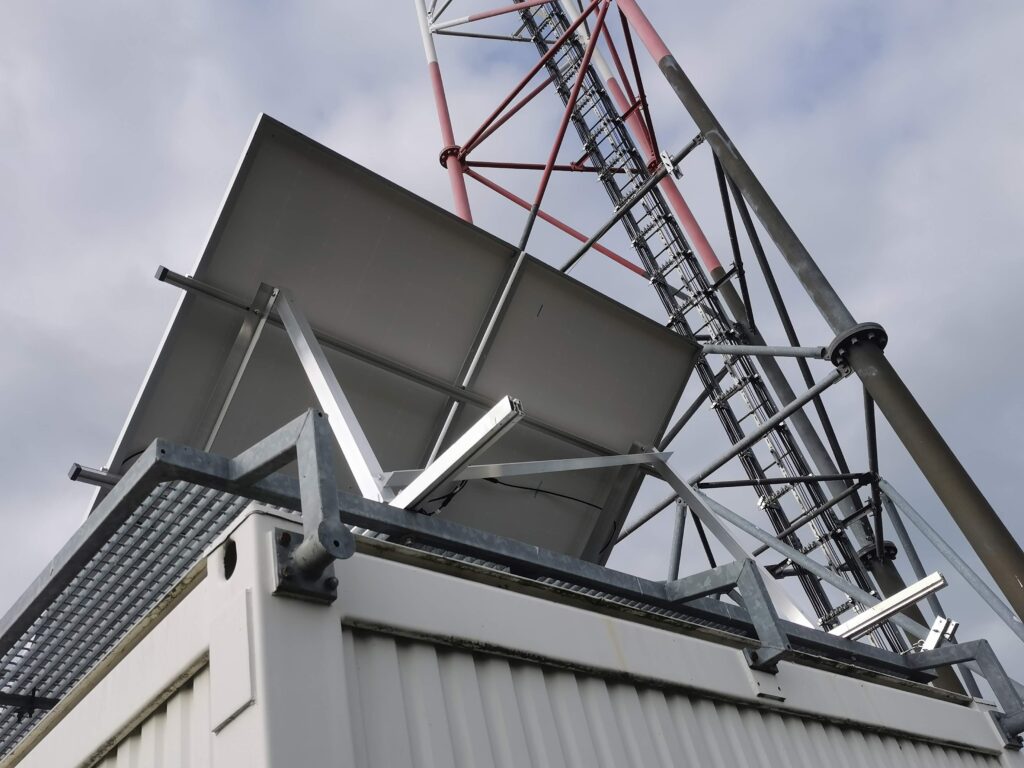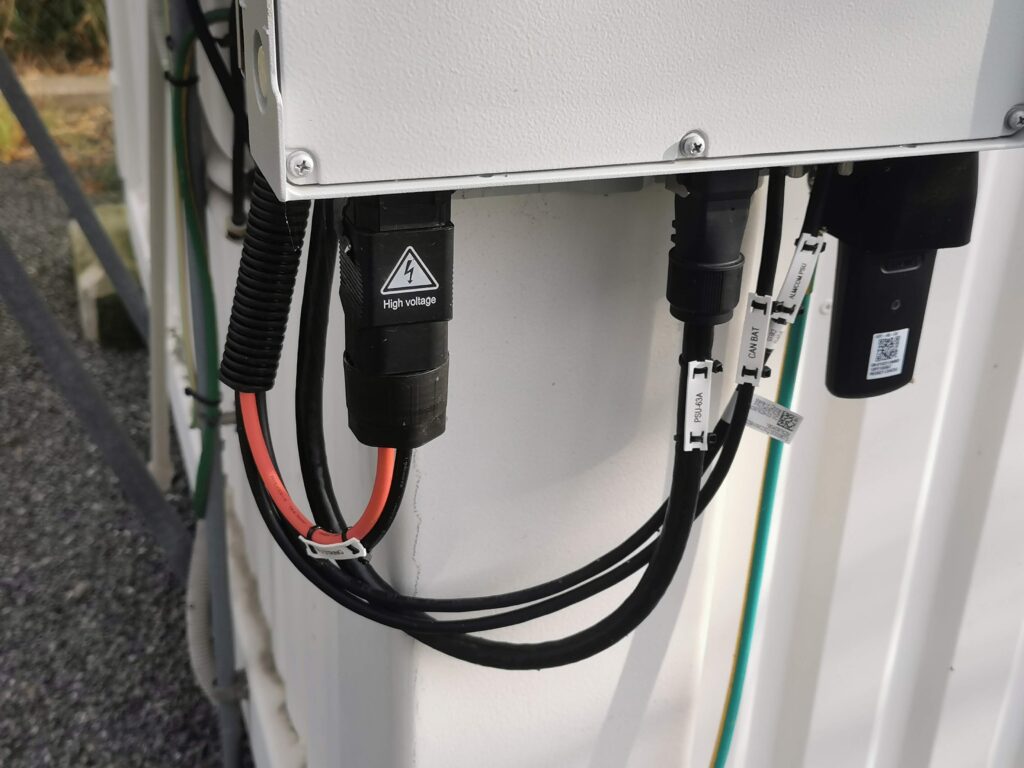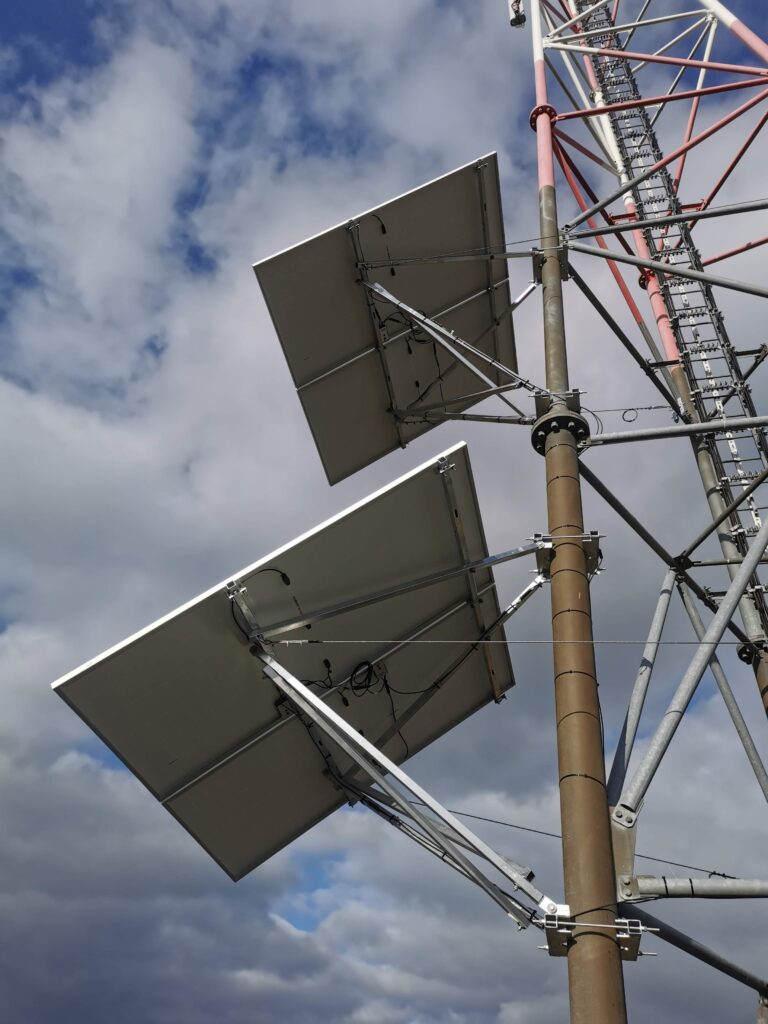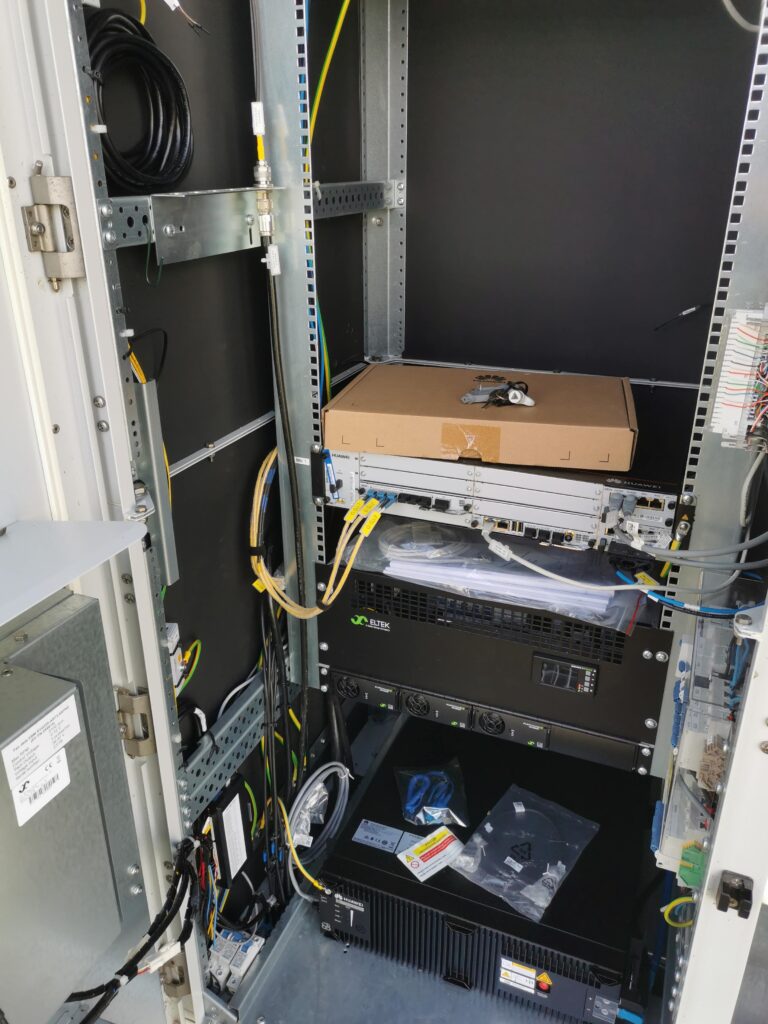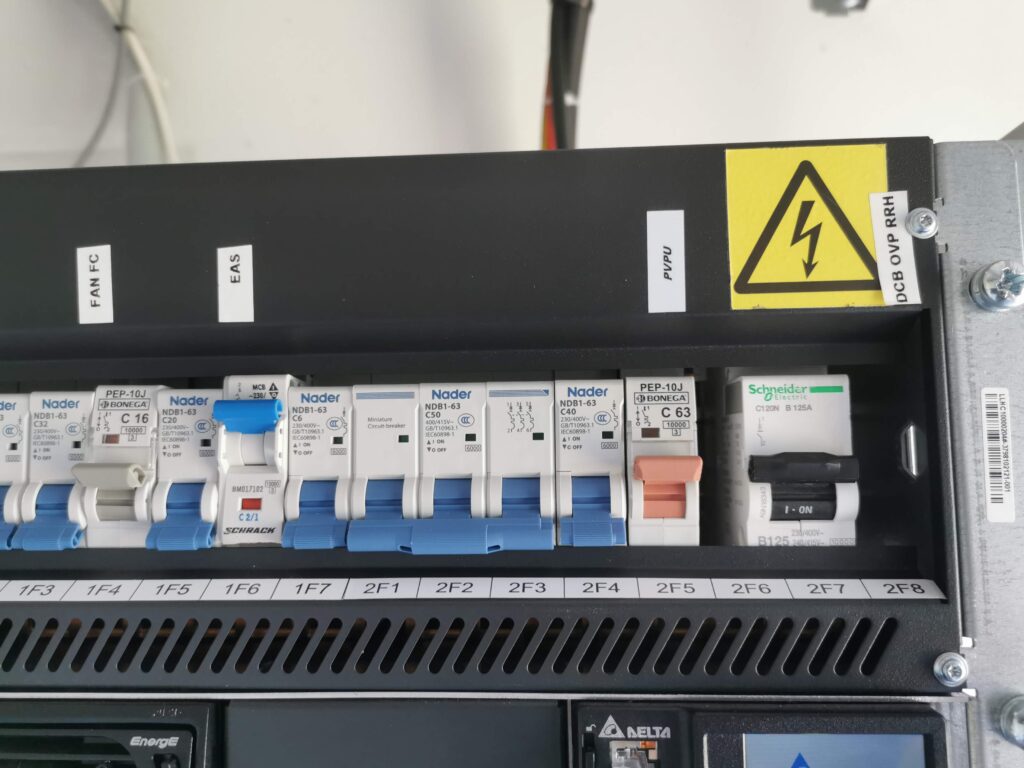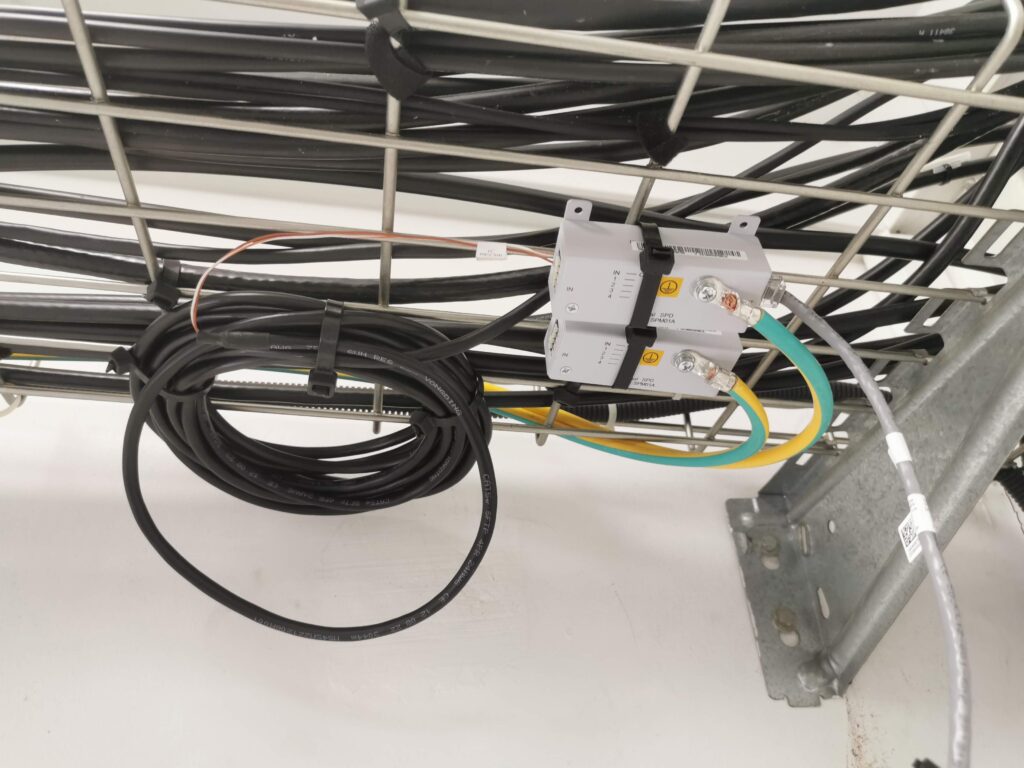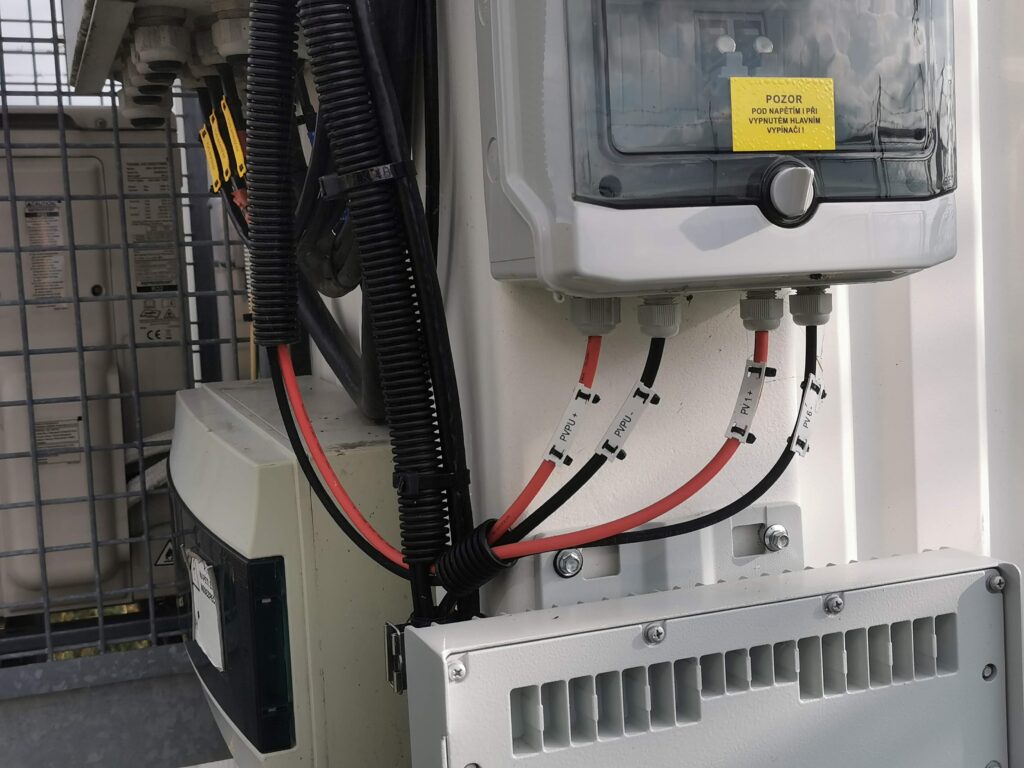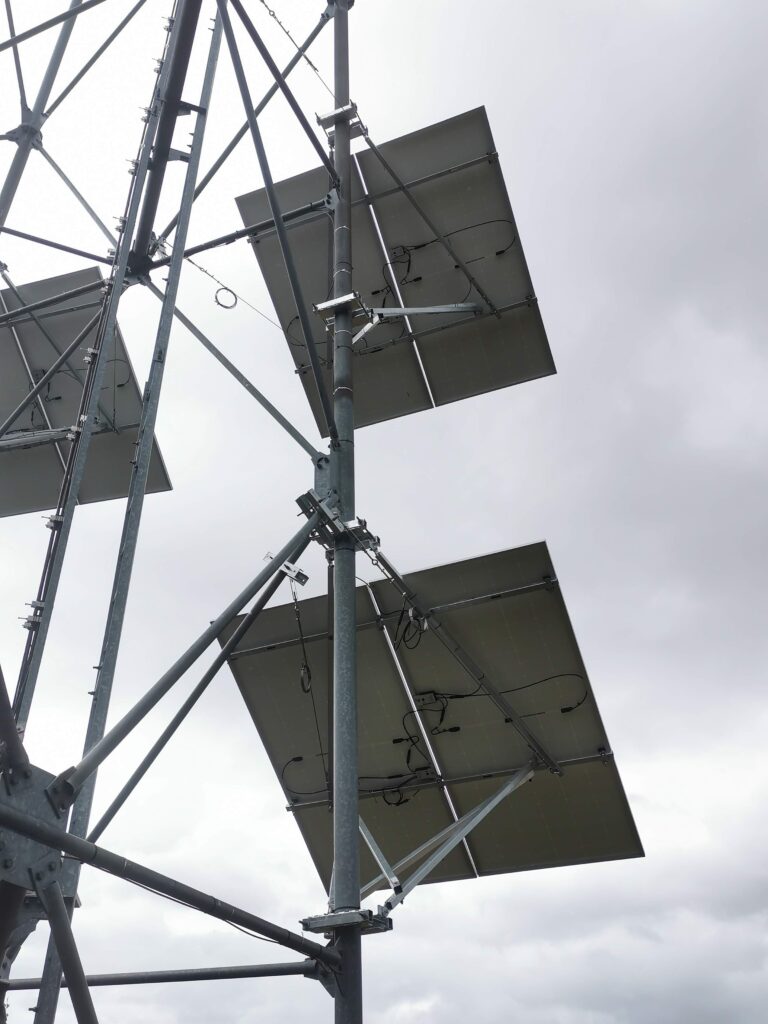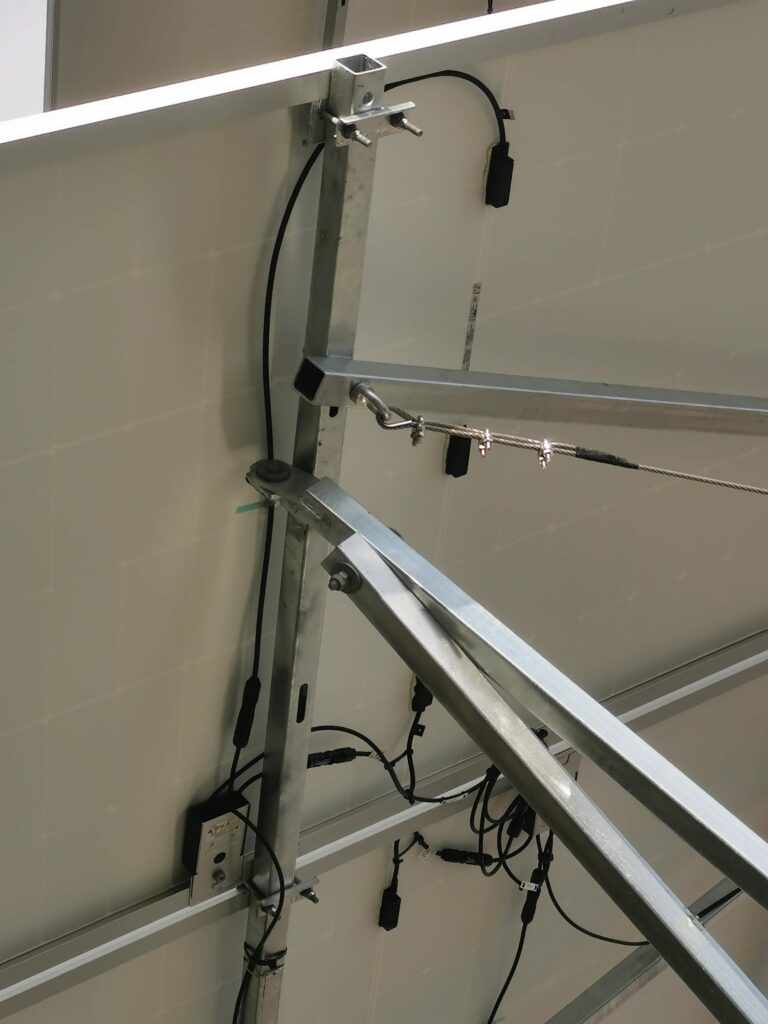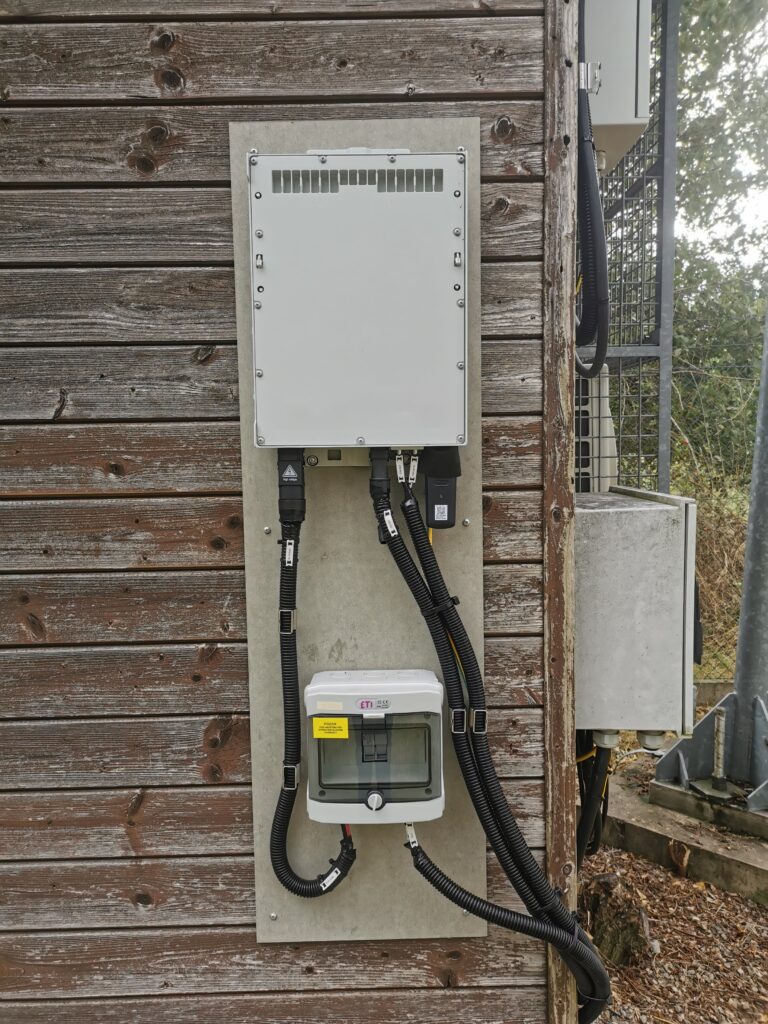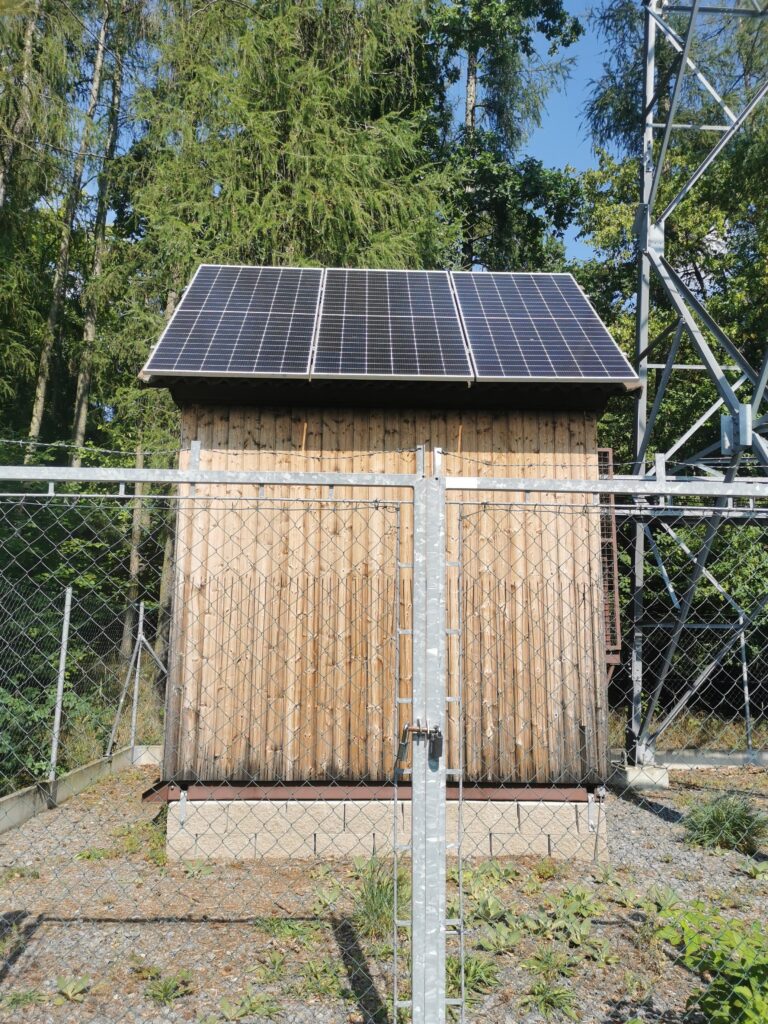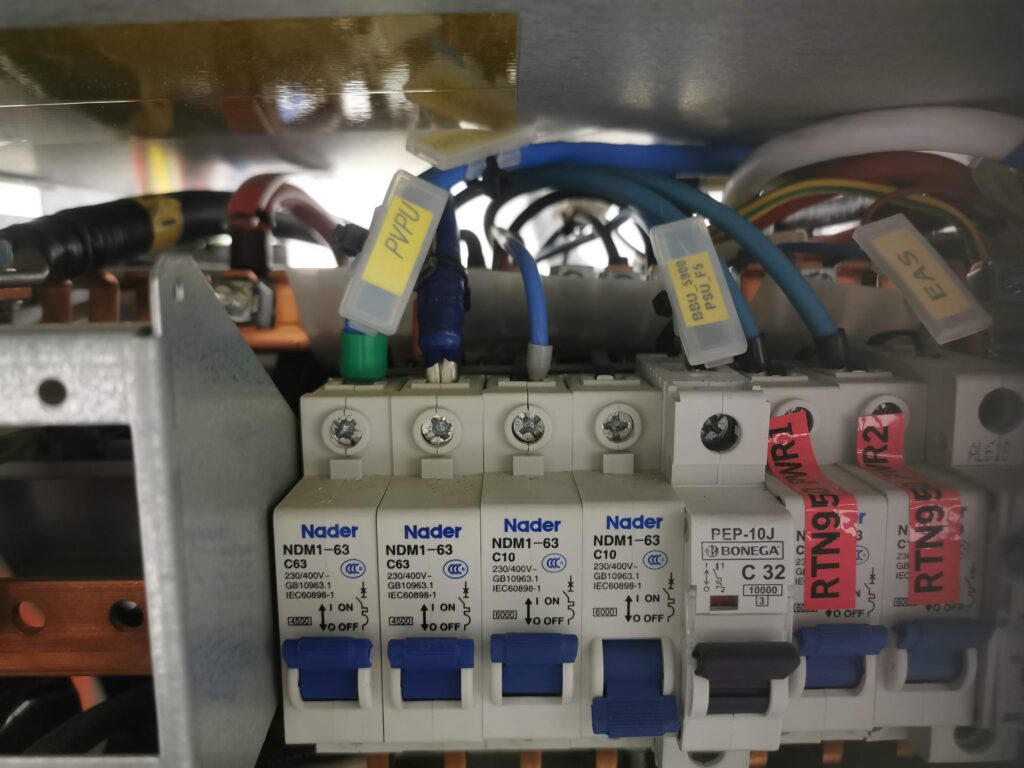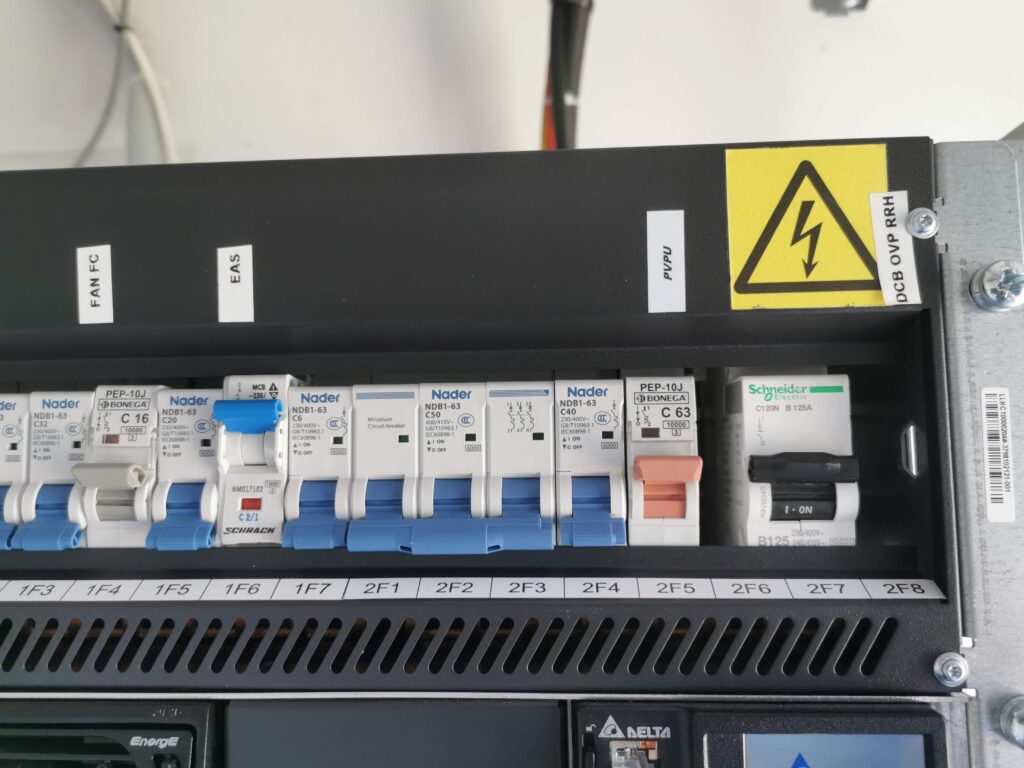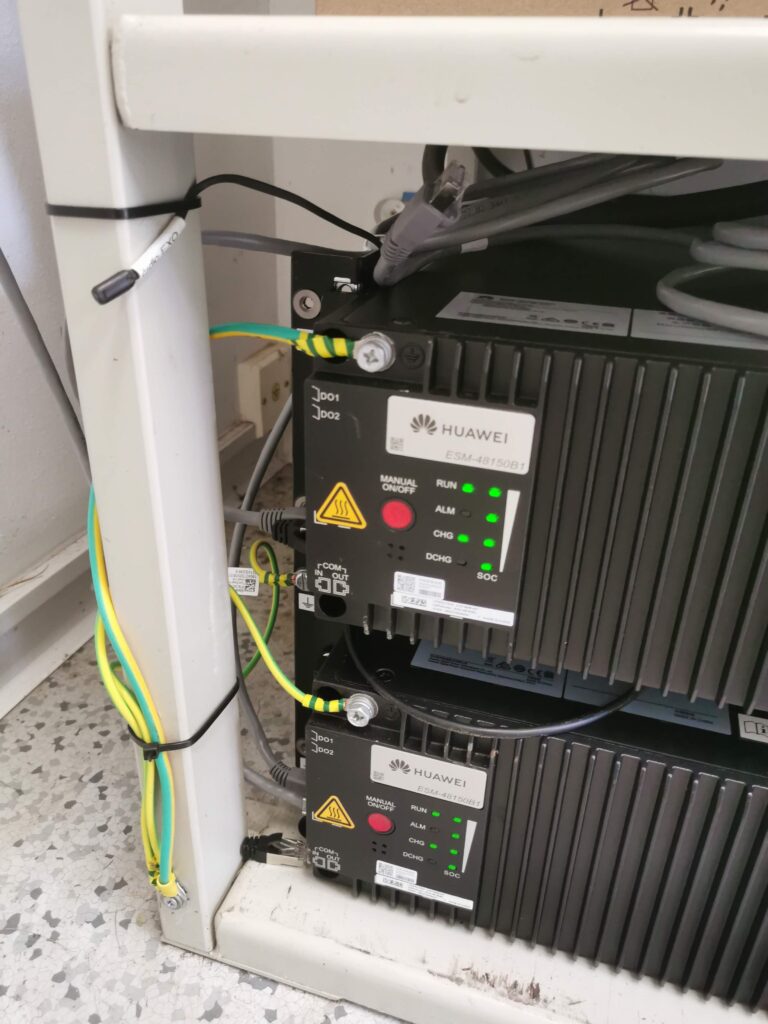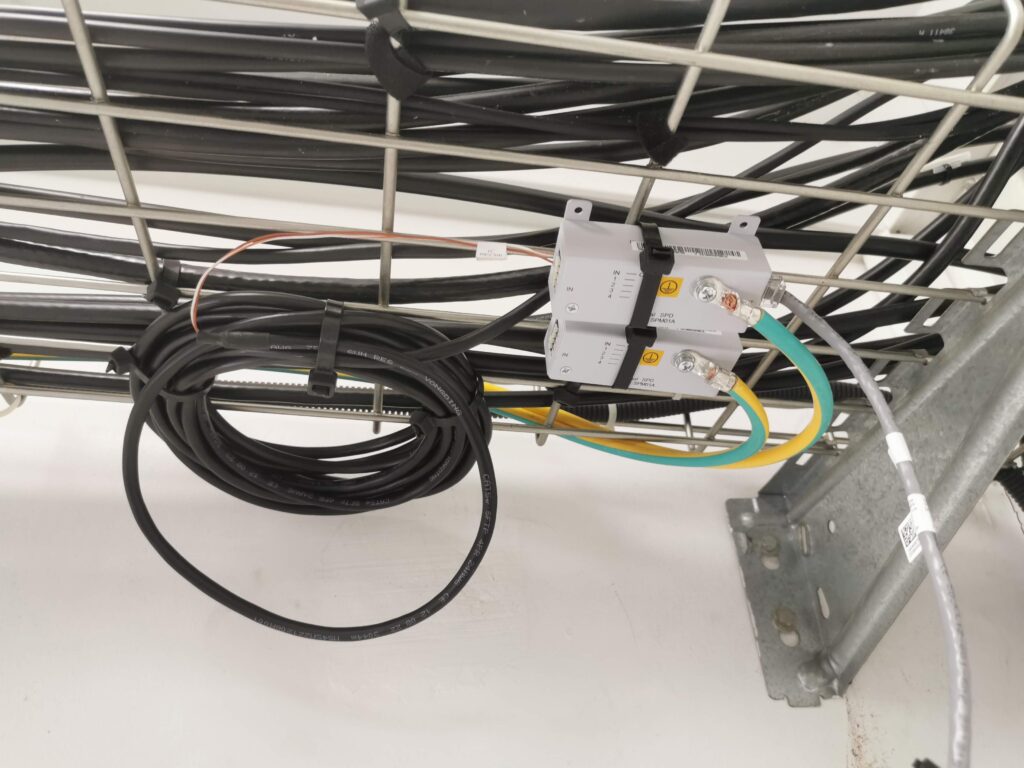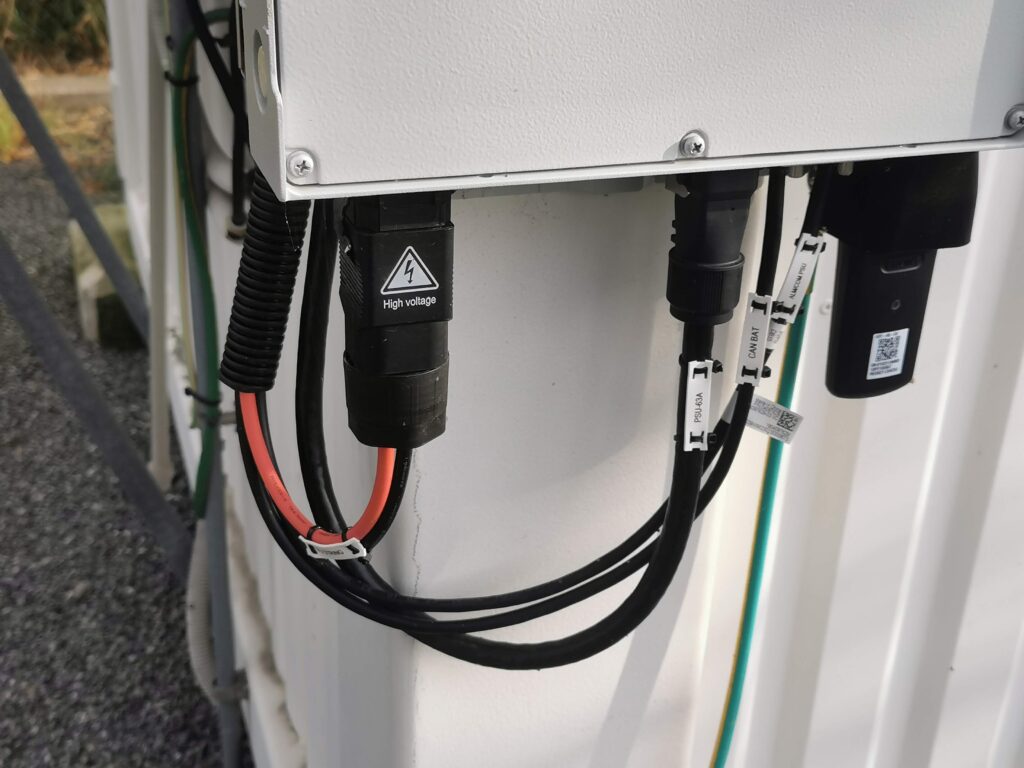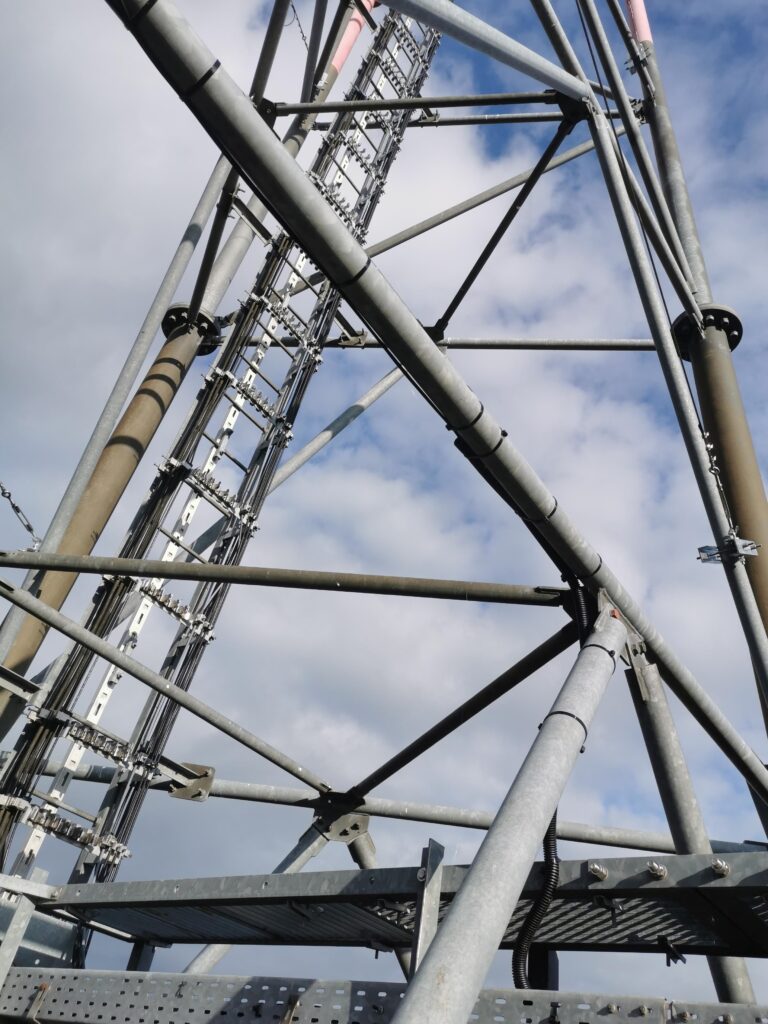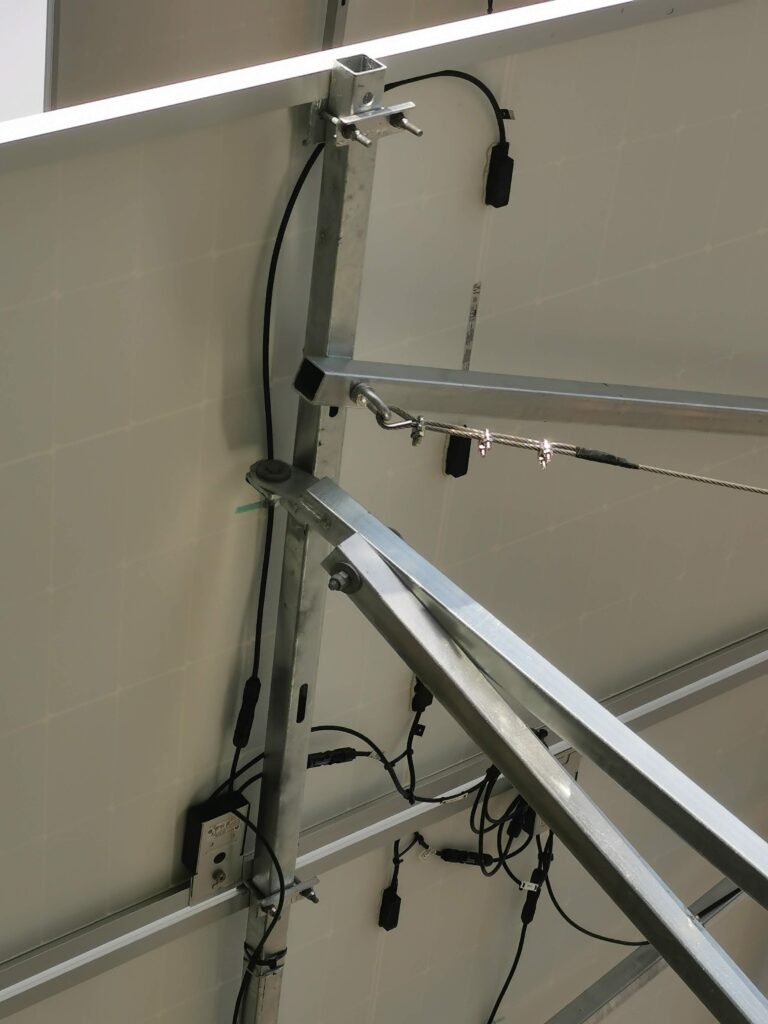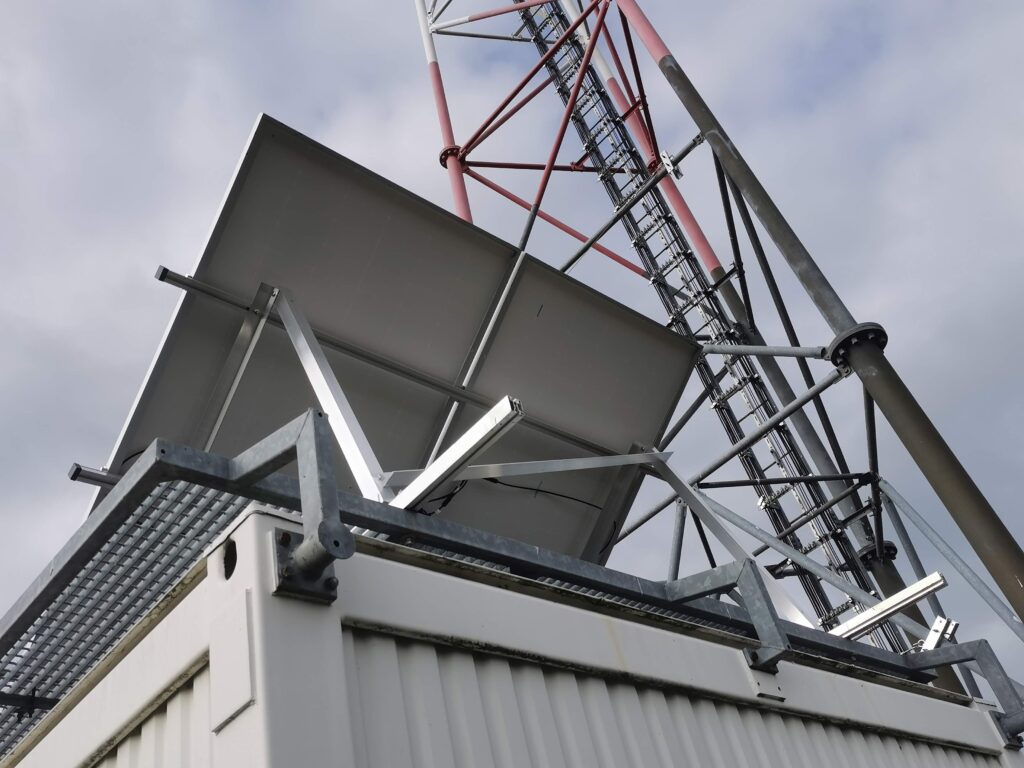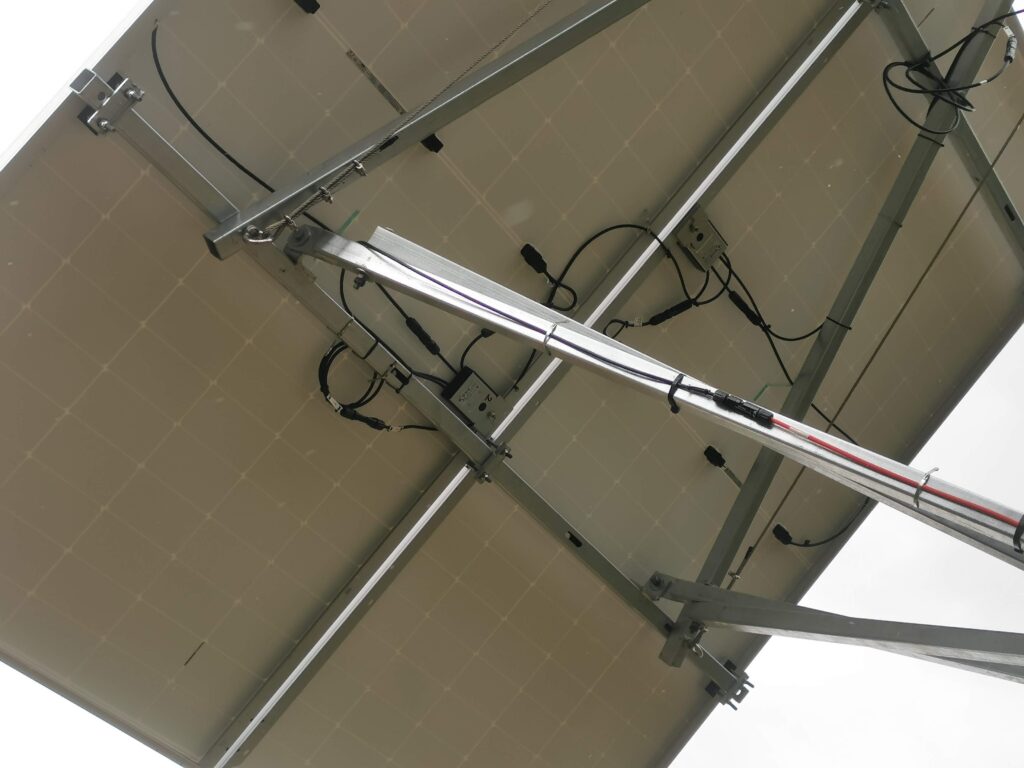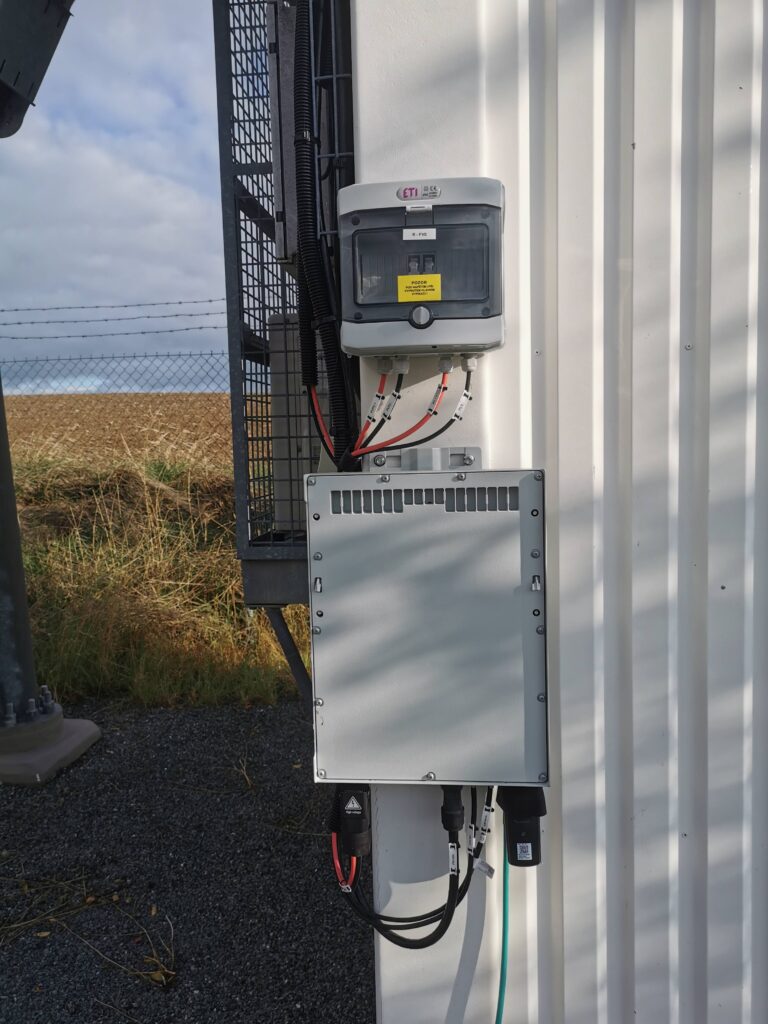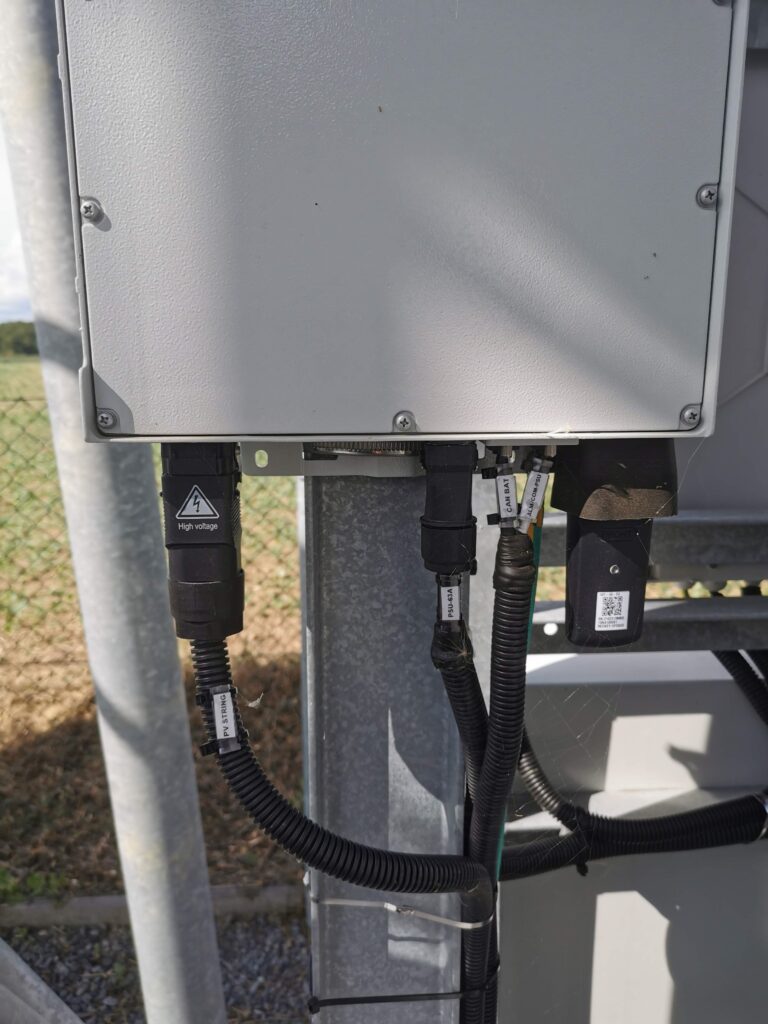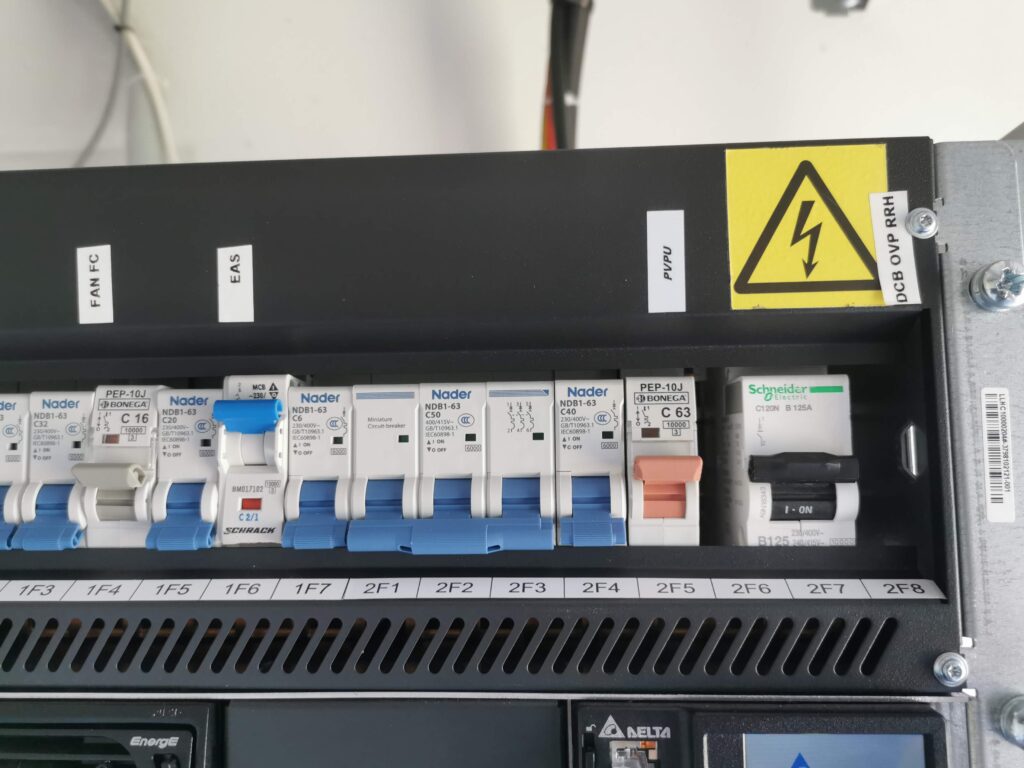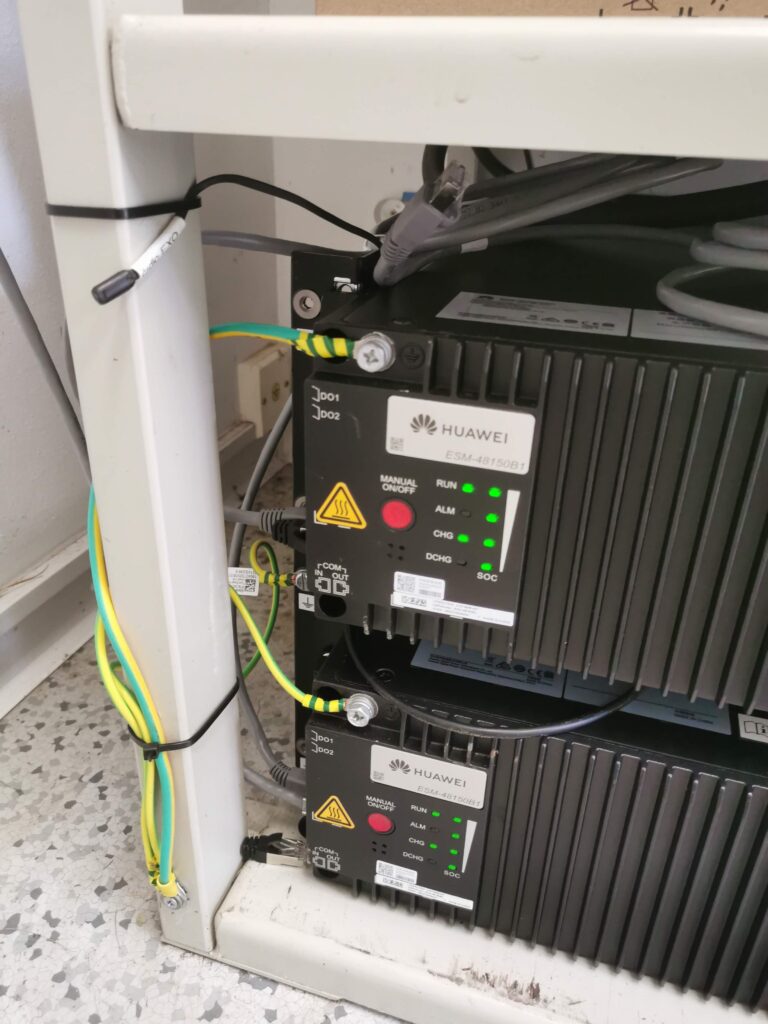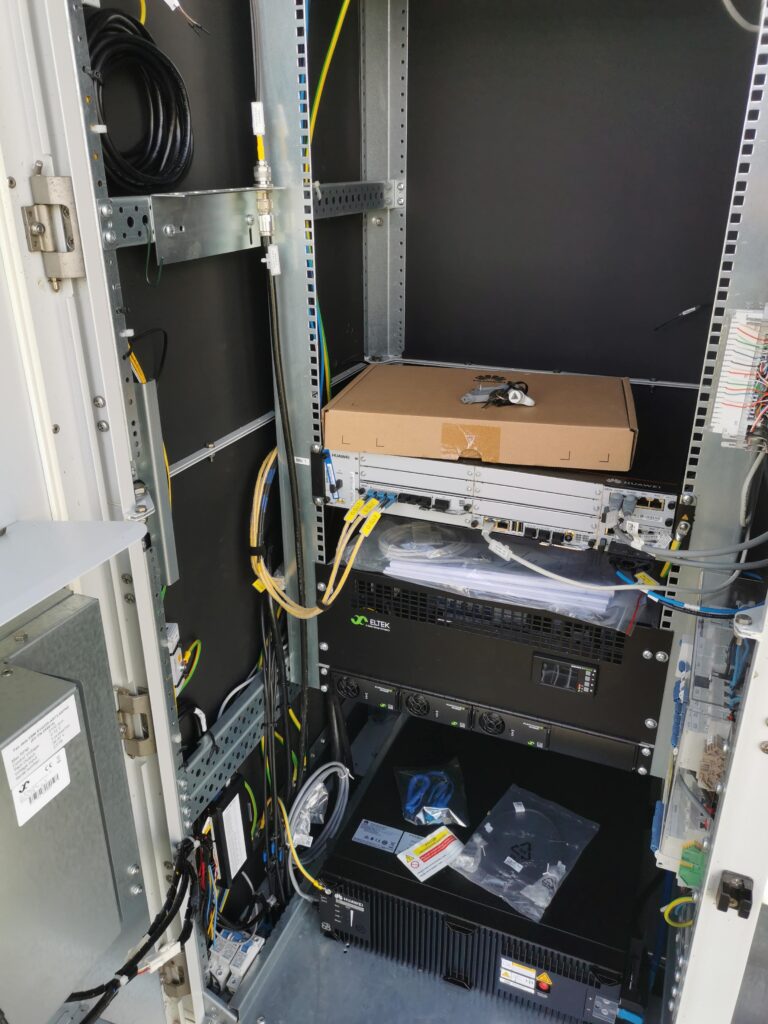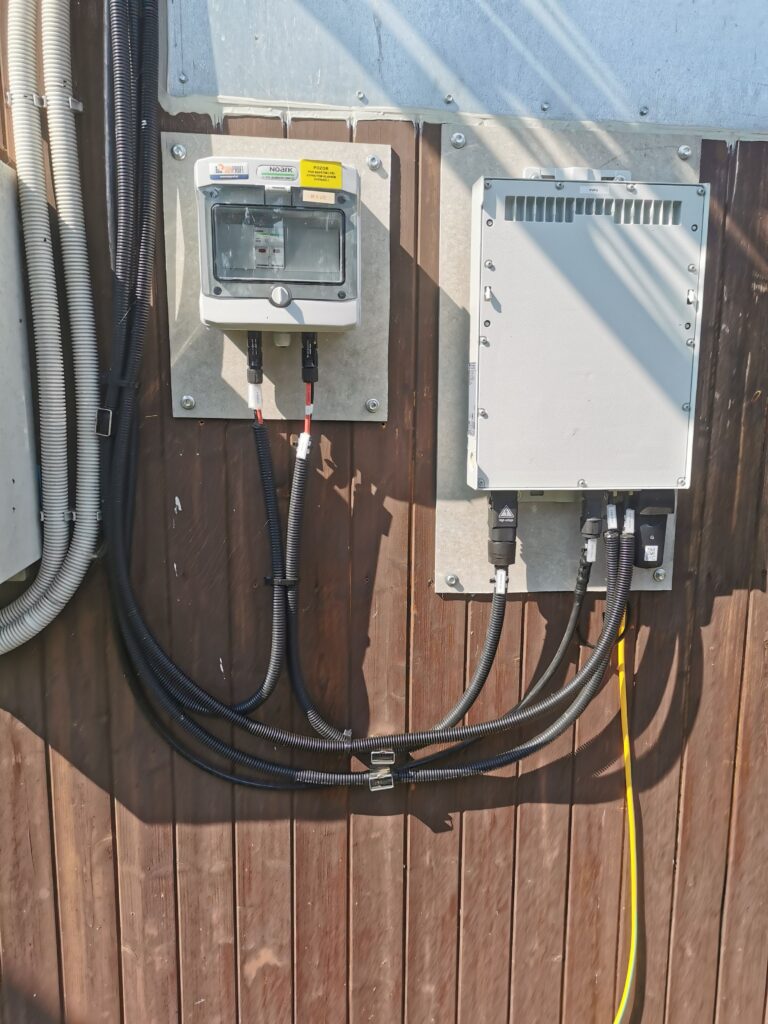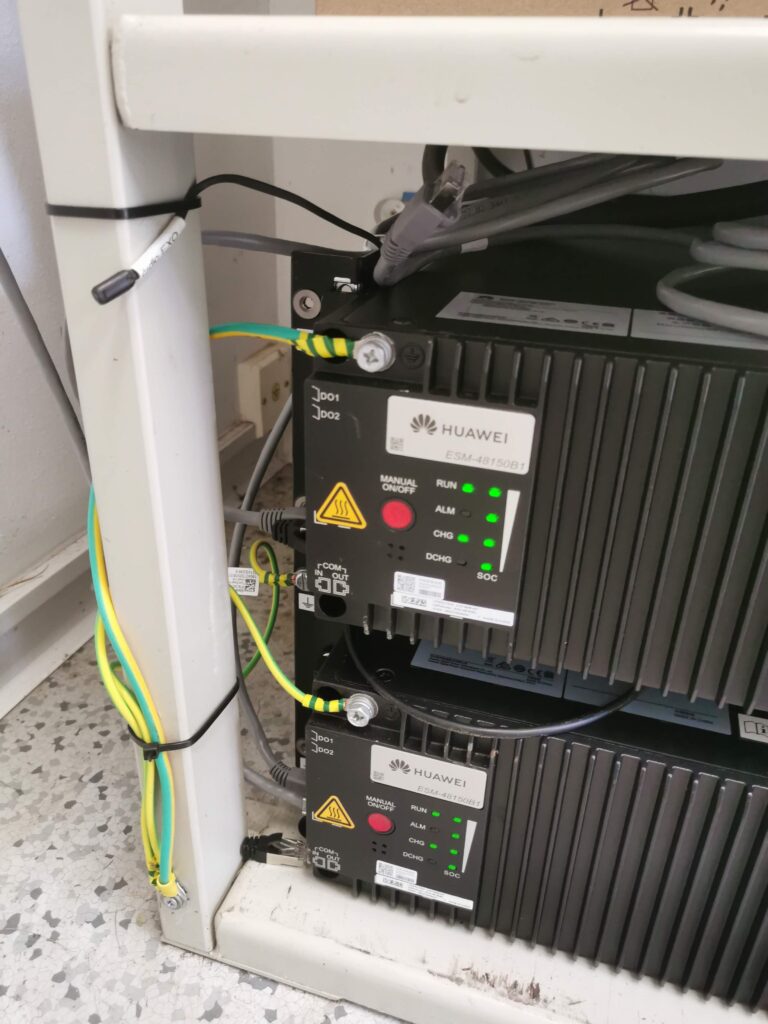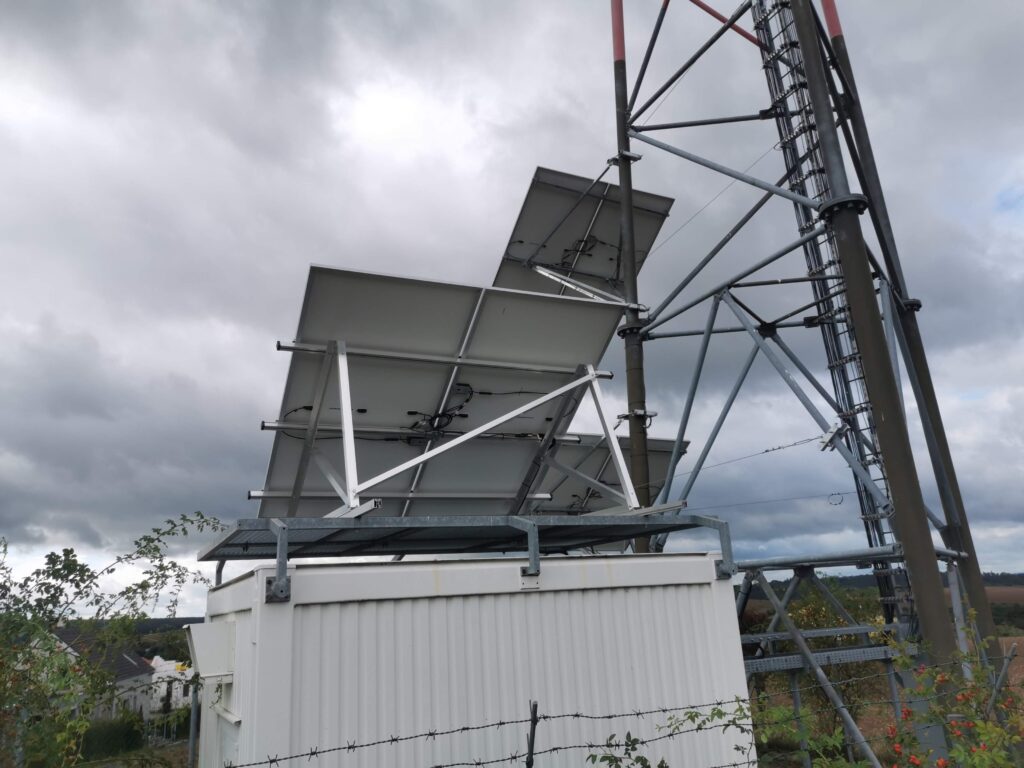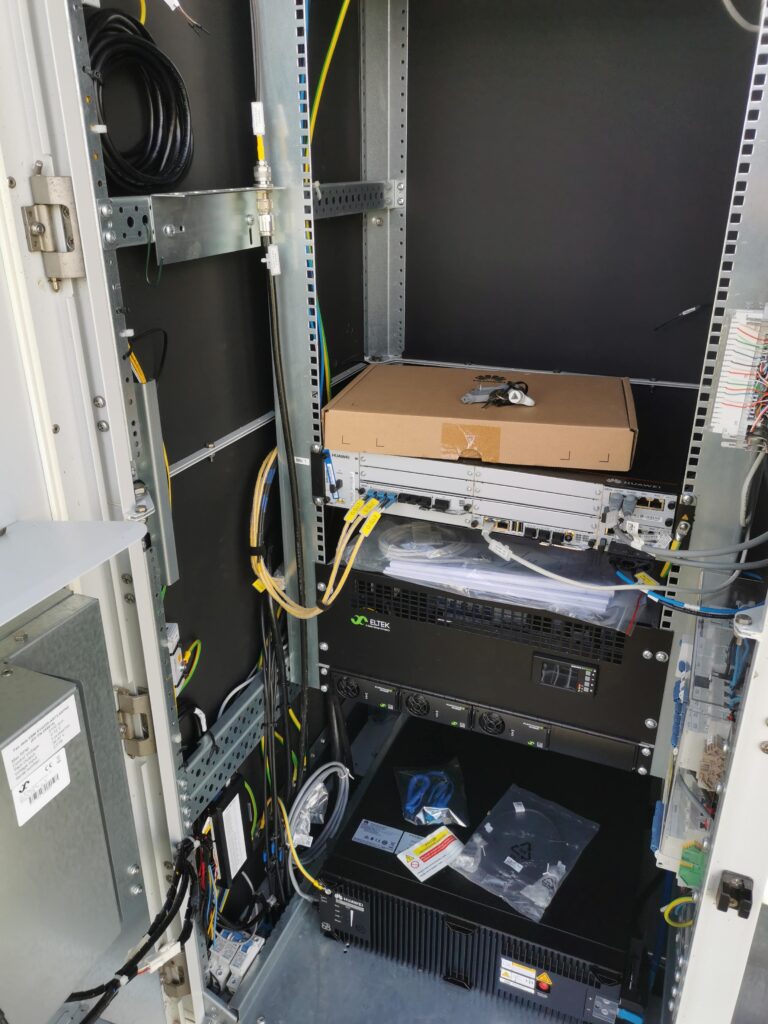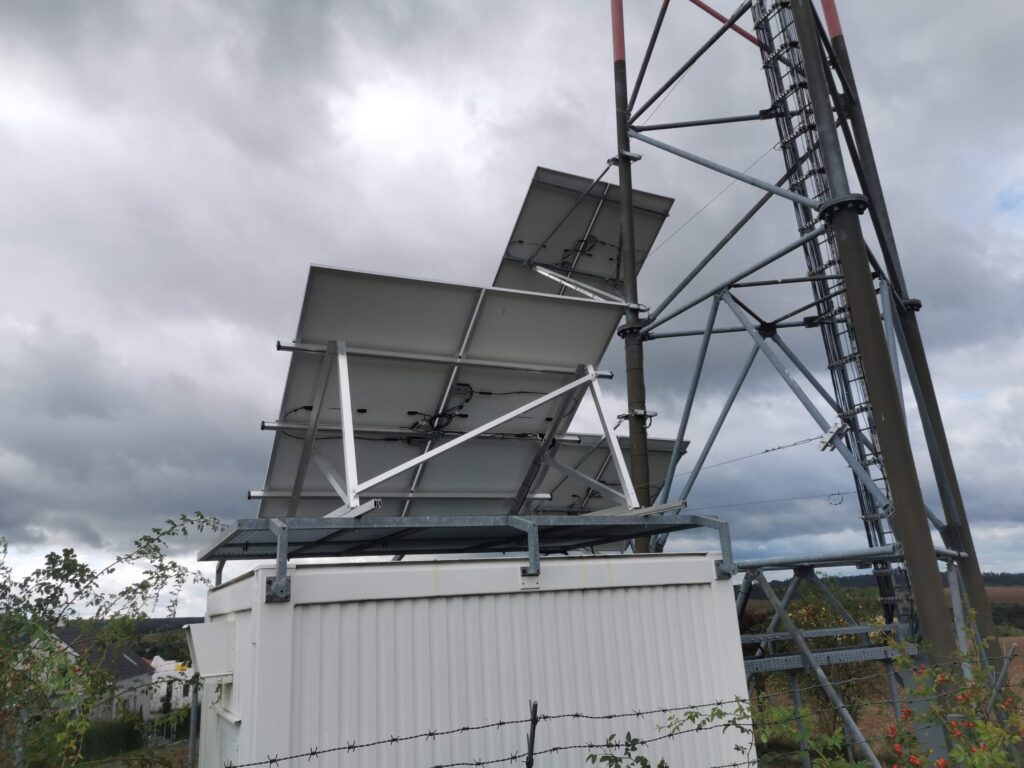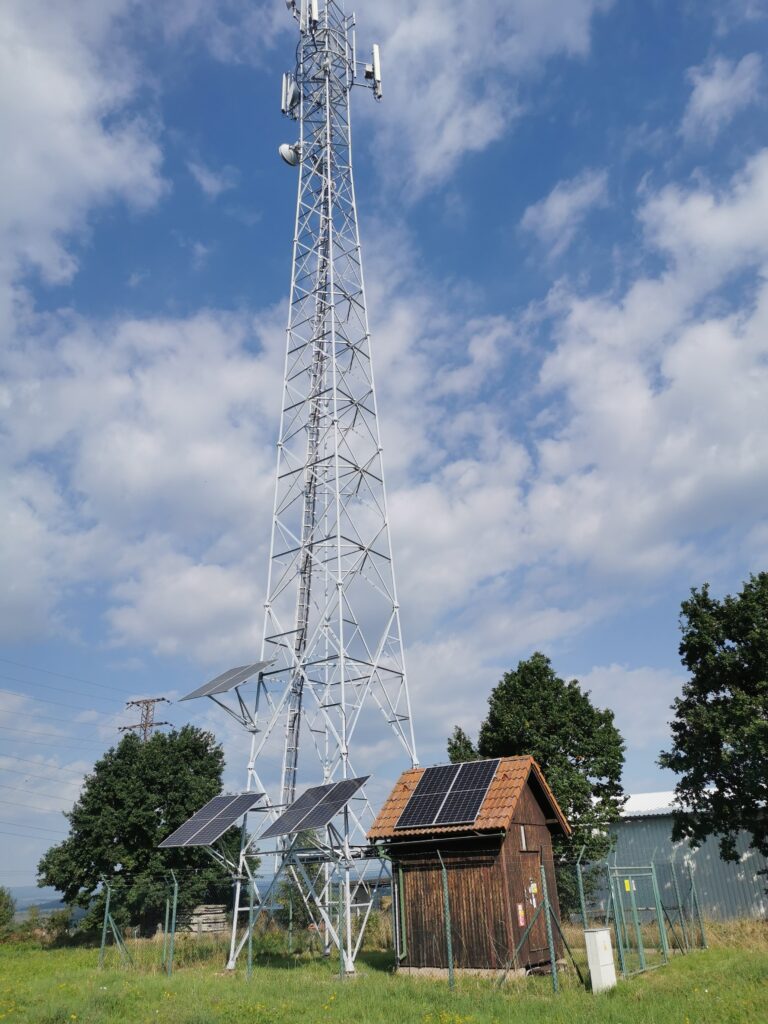The telecommunications industry is undergoing a significant transformation, driven by the integration of renewable energy sources. Among these, photovoltaic (PV) installations stand out as a beacon of innovation and sustainability. These solar power systems are not just a nod to green energy; they are revolutionizing the way telecommunication networks operate. In this blog post, we explore the multifaceted benefits of photovoltaic installations in telecommunications, focusing on their ability to supply direct current (DC) power, recharge backup batteries, cover most tower power needs, and reduce operational expenses (OPEX).
Direct Current Supply: A Game-Changer
One of the most impactful uses of PV installations in telecommunications is the provision of direct current (DC) to power the installed equipment. Traditionally, telecommunication towers rely on alternating current (AC) from the grid, which then gets converted to DC. This conversion results in energy losses. However, PV panels naturally produce DC, which can be used directly by the equipment, enhancing efficiency and reducing energy wastage.
Benefits:
- Improved Efficiency: By eliminating the need for AC-DC conversion, PV installations make the energy utilization process more efficient.
- Reliability: Solar power provides a consistent and reliable energy source, especially in remote or off-grid locations.
Recharging Backup Batteries
Telecommunication towers are critical infrastructures that require uninterrupted power. PV installations offer an ingenious solution for recharging batteries used for backup. During daylight hours, excess energy generated by the solar panels can be stored in batteries, ensuring a continuous power supply during outages or grid failures.
Advantages:
- Enhanced Resilience: Batteries charged by solar energy provide a fail-safe against power outages.
- Sustainability: Using renewable energy for backup reduces dependence on fossil fuels and generators, aligning with global sustainability goals.
Meeting Daytime Needs
A remarkable advantage of PV installations is their ability to cover most, if not all, of a telecommunication tower’s power consumption during days with favorable weather. This capability is particularly beneficial in areas with high solar irradiance.
Impact:
- Reduced Grid Dependence: Telecommunication towers can operate independently of the grid during daylight, especially in sunny conditions.
- Cost-Effective: Utilizing solar energy for daytime operations can significantly reduce electricity bills.
Cutting Down OPEX
The integration of photovoltaic systems in telecommunications directly translates into a reduction in operational expenses. By generating their own power, telecommunication companies can reduce their reliance on the grid and the associated costs.
Economic Implications:
- Lower Energy Bills: With solar power meeting most of the tower’s energy needs, the expenditure on electricity is drastically reduced.
- Reduced Maintenance Costs: Solar panels require minimal maintenance, unlike traditional power systems.
- Incentives and Rebates: Many regions offer incentives for using renewable energy sources, which can further reduce costs.
Conclusion
The adoption of photovoltaic installations in the telecommunications sector is not just a step towards sustainability but a strategic move towards operational efficiency and cost-effectiveness. By harnessing solar energy, telecom companies can ensure reliable, efficient, and eco-friendly operations, setting a precedent in the industry for a brighter, greener future.
